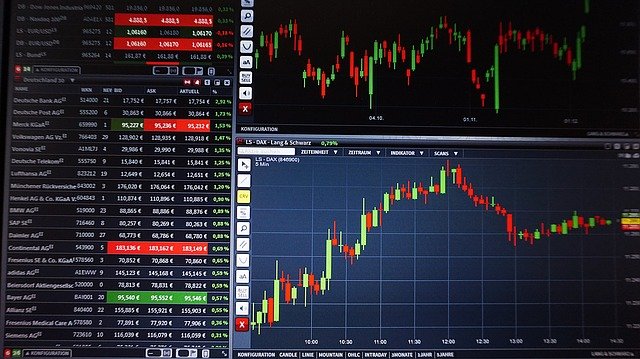Advertisement
Much like airports during bad weather, space flight from the Cape is similar. Crew-4’s SpaceX Falcon 9 is now due to launch early Tuesday morning at 4:15 a.m. The Ax-1 Crew Dragon capsule is due to undock from the International Space Station Saturday night and then splashdown Sunday off the Florida coast. This comes after several delays due to poor weather in the splashdown areas.Early Thursday morning, there were three rockets on the launch pads at the Cape Canaveral Space Force Station.Crew 4’s Falcon 9, on launch pad 39A at the Kennedy Space Center, is ready to take the next rotation of astronauts to the International Space Station.On launch pad 40 at the Cape Canaveral Space Force Station, another Falcon 9 launched in the afternoon to put another round of Starlink satellites into low Earth orbit.Still standing tall on 39B, NASA’s Artemis lunar rocket Space Launch System will roll off the pad next week after several weeks of testing.The International Space Station is currently busy with six capsules docked to the orbiting laboratory.One of them is the Dragon capsule with the Ax-1 crew.Its undocking has led to the Crew-4 launch delay.”There is a limited number of docking places on the Space Station. And much like the airport analogy, there are only so many gates that you can arrive at, and one has to vacate that gate before the next one can go in there,” wrote Don Platt, a space systems professor at Florida Tech, in a statement.It is vital for the engineers and ground crews to have time between splashdown and launch. “These are very difficult operations. They are very safety-critical, so people really have to be on the top of their game,” Platt said in a statement.NASA and SpaceX are confident that the Sunday afternoon to Tuesday morning window will be enough time to put them on the top of their game.
Much like airports during bad weather, space flight from the Cape is similar.
Crew-4’s SpaceX Falcon 9 is now due to launch early Tuesday morning at 4:15 a.m.
The Ax-1 Crew Dragon capsule is due to undock from the International Space Station Saturday night and then splashdown Sunday off the Florida coast.
This comes after several delays due to poor weather in the splashdown areas.
Early Thursday morning, there were three rockets on the launch pads at the Cape Canaveral Space Force Station.
Crew 4’s Falcon 9, on launch pad 39A at the Kennedy Space Center, is ready to take the next rotation of astronauts to the International Space Station.
On launch pad 40 at the Cape Canaveral Space Force Station, another Falcon 9 launched in the afternoon to put another round of Starlink satellites into low Earth orbit.
Still standing tall on 39B, NASA’s Artemis lunar rocket Space Launch System will roll off the pad next week after several weeks of testing.
The International Space Station is currently busy with six capsules docked to the orbiting laboratory.
One of them is the Dragon capsule with the Ax-1 crew.
Its undocking has led to the Crew-4 launch delay.
“There is a limited number of docking places on the Space Station. And much like the airport analogy, there are only so many gates that you can arrive at, and one has to vacate that gate before the next one can go in there,” wrote Don Platt, a space systems professor at Florida Tech, in a statement.
It is vital for the engineers and ground crews to have time between splashdown and launch.
“These are very difficult operations. They are very safety-critical, so people really have to be on the top of their game,” Platt said in a statement.
NASA and SpaceX are confident that the Sunday afternoon to Tuesday morning window will be enough time to put them on the top of their game.

